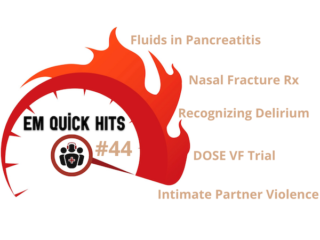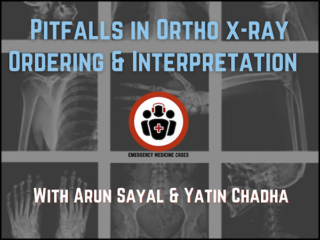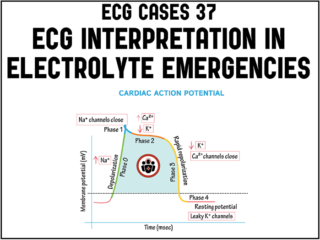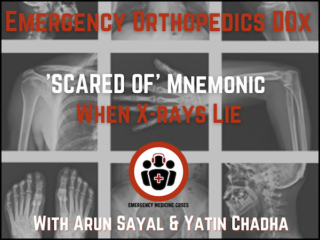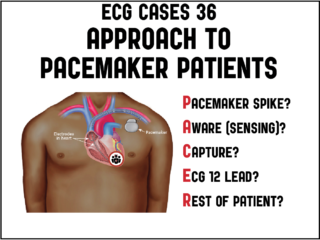EM Cases emergency medicine education podcast
EMC Journal Club 1 – Does Treating Fever Make A Difference?
In this first EMC Journal Club (where we take the "boring" out of journal clubs and deliver clear, concise, practical practice changing critical appraisal knowledge based on an Emergency Medicine journal article that may have passed your radar - not too detailed and not too brief), Dr. Rohit Mohindra, an Emergency Physician at North York General in Toronto and SREMI researcher works his critical appraisal magic on the article "Fever therapy in febrile adults: systematic review with meta-analyses and trial sequential analyses" by Holgersson et al. Plus, for the EBM keeners, we have Dr. Shelley McLeod, clinical epidemiologist at SREMI give us a research methodology hot take on the difference between a traditional meta-analysis and a network meta-analysis and why it matters...



